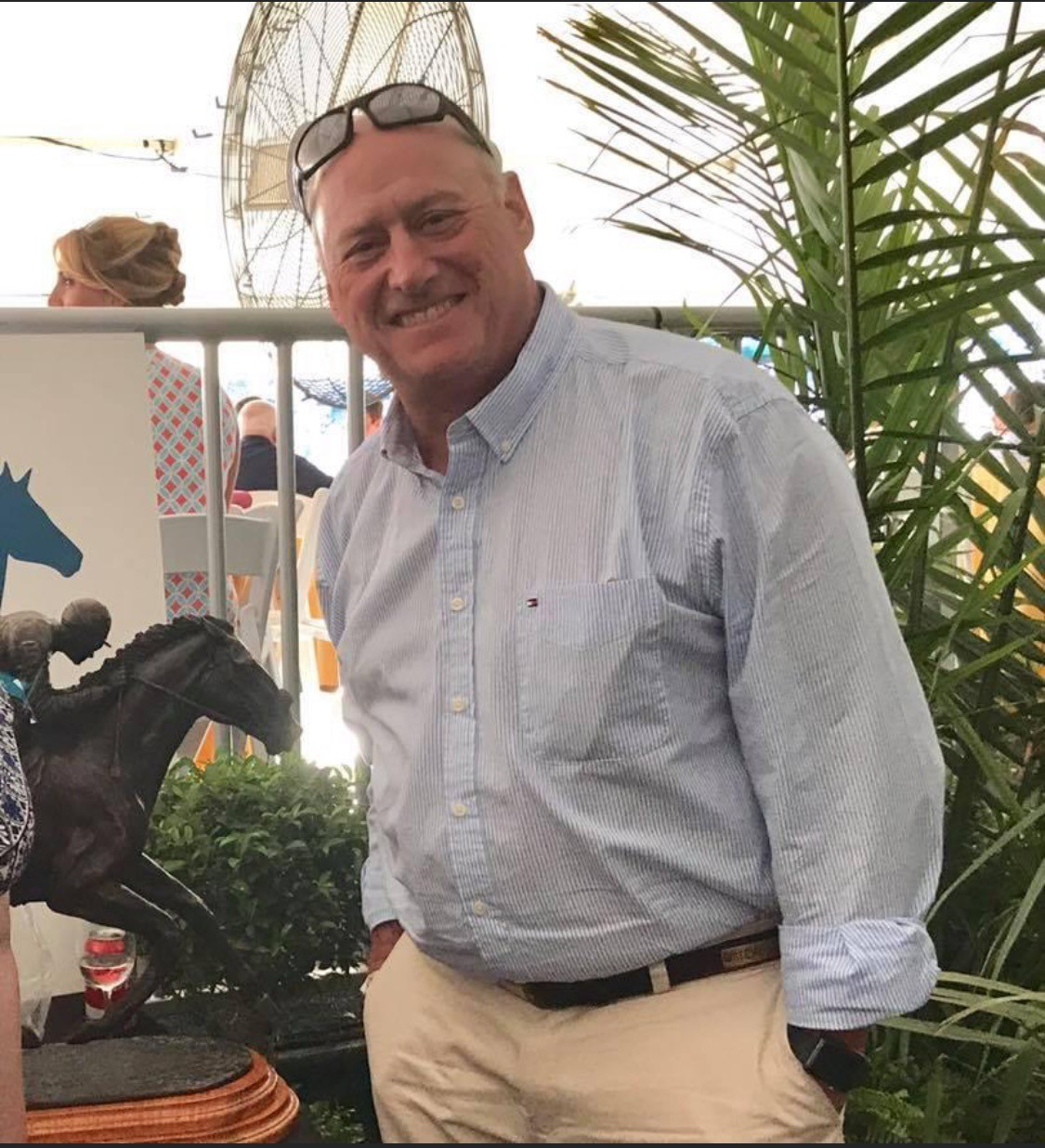Is it possible for lives on completely different trajectories—and in fact lived in different centuries—to make a connection? It would seem so. Early life for equine sculptor and jewelry maker Stephen Johnson was lived on the East End of Lexington, Kentucky—first on Johnson Ave and later on Cramer—literally a stone’s throw from where Art Inc. Kentucky is located today. Growing up in the racially-charged early 60s, Johnson remembers how experiences and friendships forged back then have shaped him. So when Community Ventures called on the artist to create a piece to honor Isaac Murphy—one of the first Black jockeys that to this day holds an amazing record win percentage—Johnson jumped at the chance. The sculptor was excited as he talked about the creation of his artwork and what it means to have it housed in the area of Lexington that he and Murphy both—albeit 85 years apart—called home.
Johnson’s piece, along with several others, was commissioned thanks to a grant from the National Endowment for the Arts to memorialize the history of the East End and the accomplishments of some of its most noteworthy residents. “As development comes to the East End, we want to make sure that we don’t lose the history, we don’t lose the story, we don’t lose the significance,” says Mark Johnson, President of Art Inc. Kentucky, a Community Ventures organization that supports local artists. Stephen Johnson’s sculpture is now featured at The MET, the company’s mixed-use commercial and residential development project, located in the heart of the East End community.
When Johnson turned 5 his biological father left, leaving his mother to raise Johnson and his siblings on her own. They remained in the East End until she remarried and when Johnson was 12 years of age, they relocated to a farm on Bethlehem Road in Bourbon County.
Johnson began working for the Fayette County (Lexington) school district at an early age (20) and was responsible for supervising 83 facilities. His job involved construction and renovation projects as well as overseeing maintenance of buildings and classrooms and working with teachers and staff to ensure their workspaces were as they wanted them. His busiest year in that position found Johnson supervising the construction of two brand new schools and the renovation of four others. He retired from the school system at an early age, ready to begin the next chapter of his life.
After years of living in Lexington, Johnson and his wife bought a farm in Bourbon Co. and began their foray into the horse business with the Rocky Mountain breed. Shortly after, they decided to breed some Thoroughbreds of their own. After five to six “very stressful years” that included a dystocia which took the life of the foal and very nearly the mare, Johnson exited the breeding end of Thoroughbred industry but took with him a knowledge of equine anatomy that would soon prove invaluable.
While attending an event at the Kentucky Horse Park with his wife, Johnson wandered by a room where the American Academy Of Equine Art was conducting a sculpture workshop. Johnson stopped and peered through the window, and the instructor motioned for him to come on in. As Johnson observed, the instructor handed him a dollop of clay and a few words of instruction.
“I was hooked from that moment, and I left there with something that looked more like a greyhound than a horse,” Johnson laughed. “I literally stumbled into sculpture.”
“The instructor asked me if I wanted to sign up for the next workshop, but I said no,” Johnson explained. “And then…unbeknownst to me my wife went back and signed me up.” And thus, 13 years ago at 50 years of age in what would appear to be a random act of kismet, Johnson’s passion for art was kindled.
What began as the Stephen Johnson Collection of bronzes cast by the now-defunct Tuska Foundry in Lexington found student-of-life Johnson eager to learn that process as well.
“I told them I wanted to work there…for free,” chuckles Johnson. “I said I would sweep the floors…whatever they needed just to learn the process. After a while they finally gave me a job, but said they would have to pay me. I worked there until business dropped off so much they had to lay me off.”
But by then, Johnson had the knowledge he needed to build his own foundry for personal use. He was now able to do what pleased him most—take his creations from idea to finished product doing everything himself. What many don’t know about sculpture is that there is a point in the process where after working untold hours to fashion a beautiful work of art in clay the artist must then—with the precision of a surgeon slicing into their patient—dissect their art into pieces to ready it for casting.
When asked if he finds that part stressful, Johnson laughed and said, “It takes a shot of bourbon. And sometimes two.”
There are two parts of the sculpting process that Johnson finds extremely satisfying…completing the work in clay, and the final step—when the finishing touches are applied to the bronze. “I call that Patina Day,” notes the artist, “It’s a good day!”
After being approached by the Kentucky Thoroughbred Association to create trophies to honor their award winners, as well as crafting 120 works for racing’s elite in Dubai, Johnson was urged by his wife to try his hand at jewelry. The equine jewelry has been a hit, and has sold well both online and at The Christmas Market at Mustard Seed Hill in Millersburg, Ky.
Johnson has now come full circle after meeting CV’s Shawn Burns at Mustard Seed Hill and Mark Johnson, president of Art Inc. Kentucky. Burns was responsible for Stephen Johnson’s affiliation with CV and Mark Johnson was the impetus behind the Isaac Murphy bronze for the MET. Johnson and Johnson also share another common bond, as Mark also spent his childhood in Lexington’s East End and once again calls it home now that construction is complete on his own house/studio in CV’s Artist’s Village. So it would seem that indeed, what goes around always comes around.
| Photo | Title |


